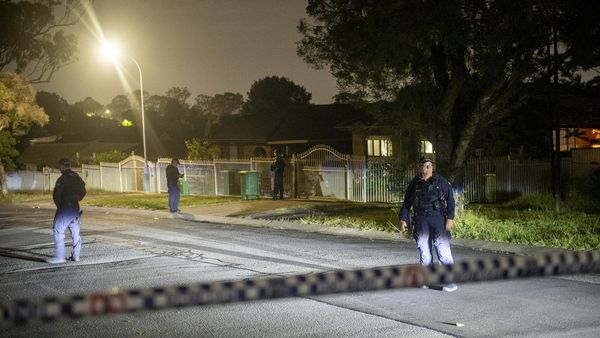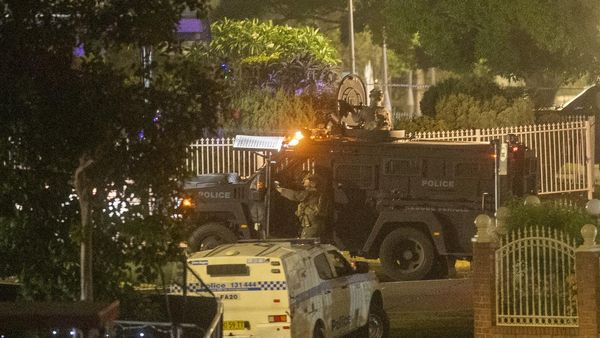There’s been a lot of worrying about the New Orleans Saints’ salary cap situation — mostly from outside New Orleans. Pro Football Focus ranked the Saints dead-last in evaluating the “salary cap health” outlook for every team across the NFL, and the Saints’ unorthodox team-building strategies still draw the ire of experts like ESPN’s Bill Barnwell. But things look a lot better for New Orleans once you take a closer look at how they’ve set themselves up.
As expected, the Saints took advantage of the NFL’s post-June 1 rule and waited to process Malcolm Jenkins’ retirement until it was most beneficial for them. Despite having hung up his cleats and cut the team a break by reducing his salary to the league minimum, Jenkins will remain on the books for a meager $3.95 million (left over from his signing bonus) this year and next, just like Drew Brees did when he stepped away from the game. That adds up to a combined $33.3 million dead money charge for the Saints from past contracts with players like Brees, Jenkins, and Terron Armstead, but let’s keep some perspective.
On its face, that $33.3 million in dead money (let’s be precise — the team at Over The Cap has the Saints with a cumulative charge of $33,336,318) is daunting. It’s a total that ranks sixth-highest in the NFL. Compare it to the rest of the league, though, and you’ll see that’s it’s closer to the $25.7 million NFL-average than the $52.7 million average that the top-five teams (the Atlanta Falcons, Chicago Bears, Houston Texans, Philadelphia Eagles, and Seattle Seahawks) are accounting for. The gap between sixth-ranked New Orleans and fifth-worst Seattle ($12.6 million) is almost as wide as that between Seattle and second-place Chicago ($10.1 million).
It’s a far cry from where the Saints were not too long ago; they carried a staggering $42.9 million in dead money into the 2021 regular season. Sure, that $33.3 million figure will go up as the team processes roster cuts in August and September. But look a little further down the road and you’ll see that New Orleans only has $3.95 million in dead money on the books for 2023 — that’s the remaining charge from Jenkins’ terminated contract.
In a perfect world, the Saints wouldn’t have any dead money to worry with at all (that’s where more than half the league is projected for 2023, at the moment), but the Saints are already starting out in a better position than they’ve seen before. Next year they won’t have any lingering dead money charges for Brees or Armstead weighing them down, though it’s important to extend David Onyemata before his contract expires next spring (which would leave behind more than $10.1 million in dead money).
As is always the case, the Saints are projected to be in the red by a greater extent than any other team next season; OTC suggests the 2023 salary cap could reach $225 million, and the Saints are already over that limit by $57.9 million. Whatever work can be done now to make the descent from that mountain easier is valuable.
But let’s not lose the track here. Let’s recap each of the Saints’ dead money cap hits for 2022 and why things are, well, the way they are for New Orleans:







